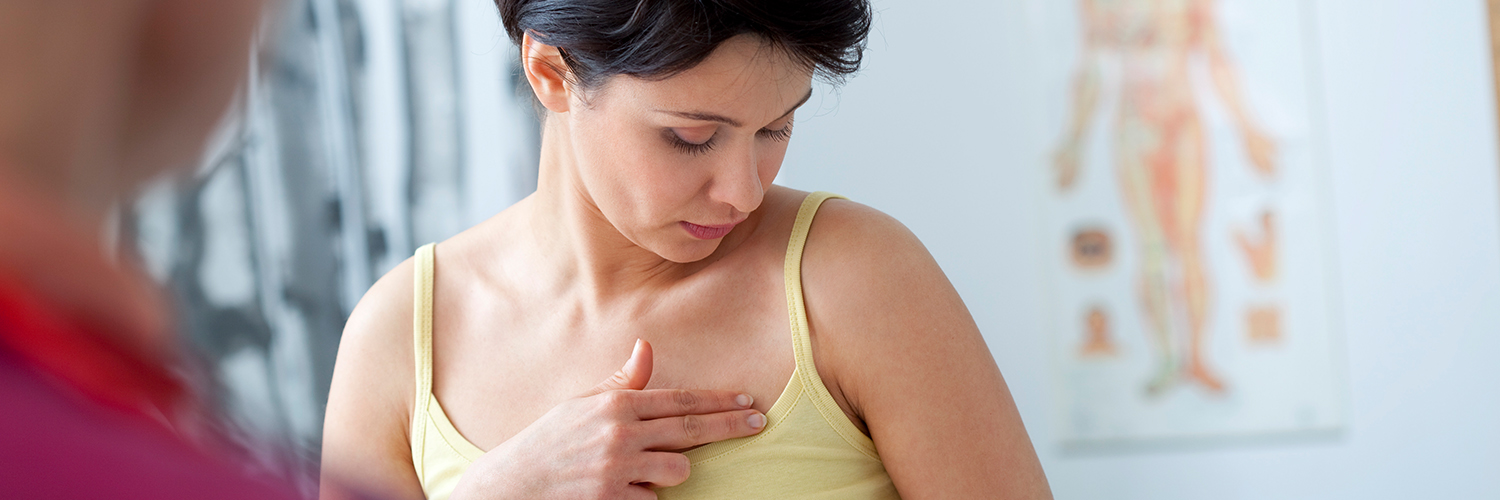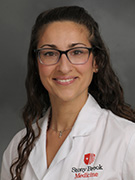Breast cancer isn’t always easy to detect, as the great majority of cancerous lumps are painless. Breast pain is most frequently associated with benign (or noncancerous) breast conditions.
Breast cancer lumps can become painful when they involve the skin of the breast, or the muscle of the chest wall.
By learning to recognize the characteristics of breast lumps and other potential symptoms, you can take proactive steps toward early detection and prompt care, greatly improving the chances of successful treatment.
Are Cancerous Breast Lumps Painful?
A painful lump in the breast is not usually a sign of breast cancer. Pain in one or both breasts can be caused by other conditions, including changes in hormones, a clogged milk duct, infection (such as mastitis), cysts, swollen glands or an ingrown hair.
Recognizing Symptoms of Breast Cancer
Breast cancer symptoms can vary, but may include:
- A single, hard lump in the breast or thickening of breast tissue, especially if located in only one breast. The most common symptom of breast cancer is a solid or thick spot in or around the breast tissue
- Prominent or sudden changes in breast size, shape, texture or appearance
- Alterations in the nipple, such as discharge, tenderness or nipple retraction (when your nipple turns inward)
- Dimpling or puckering of the skin, or the appearance of the lump pulling on the skin
- Swelling in the area around your collarbone or armpit
Types of Breast Lumps
There are different types of lumps that can develop in the breasts, some that are cancerous and some that aren’t. About 80 percent of biopsied breast lumps are found to be benign (non-cancerous).
- Benign lumps: These non-cancerous growths include conditions like fibrocystic changes, where breast tissue responds to hormones and forms fibrous lumps or cysts. Despite their discomfort, especially before menstruation, these changes don’t signify cancer.
- Malignant tumors: Unlike benign lumps, malignant tumors in the breast can grow and spread aggressively and sometimes cause discomfort. They often start as painless hard lumps or thickening within the breast. It’s important to remember that malignant lumps are often not painful, which is why regular screenings are crucial for early detection.
When to Consult a Doctor
It’s important to check regularly for any changes in your breasts and to visit a healthcare provider if you notice any of these symptoms:
- Any new lumps or unusual changes in the breast, such as spots that feel hard, stationary, and that don’t go away during or after menstruation
- New or persistent nipple discharge or puckering of the breast skin, especially if they are only present in one breast
- New or persistent lumps or fullness in the armpit area
Although breast awareness and clinical exams are important components of breast cancer screening, breast imaging remains the mainstay of early detection, especially because early breast cancers do not present as lumps or other changes we can see.
The good news is that early-stage breast cancer has a high survival rate, primarily when treated before it spreads. The five-year survival rate for women whose breast cancers are treated in the early, localized stage is about 96 percent.
For most women, annual mammograms should be performed starting at age 40. All women over the age of 18 can also consider performing a monthly breast self-exam to monitor for any changes.
If you’re concerned about any changes in your breast or need guidance, consider consulting with a healthcare provider at the Stony Brook Cancer Center for testing and support. For additional information or to make an appointment, call (631) 722-2623.












